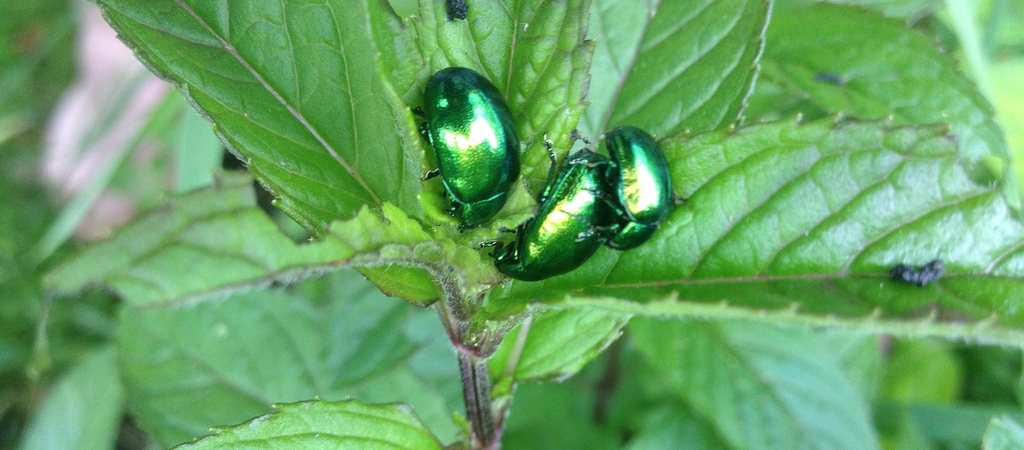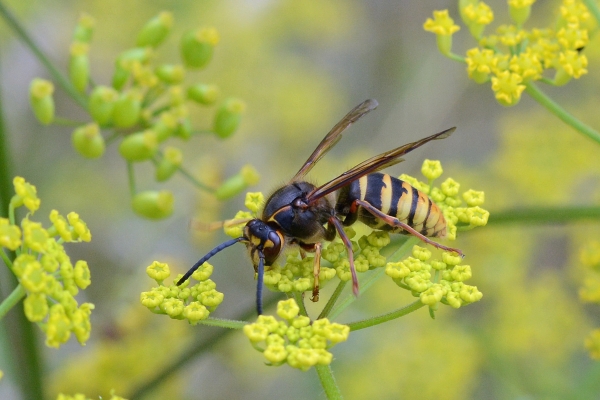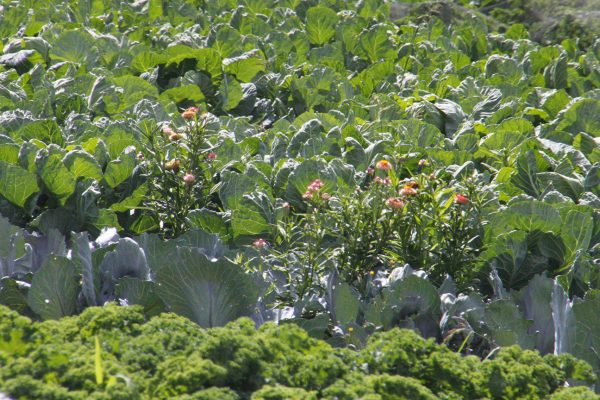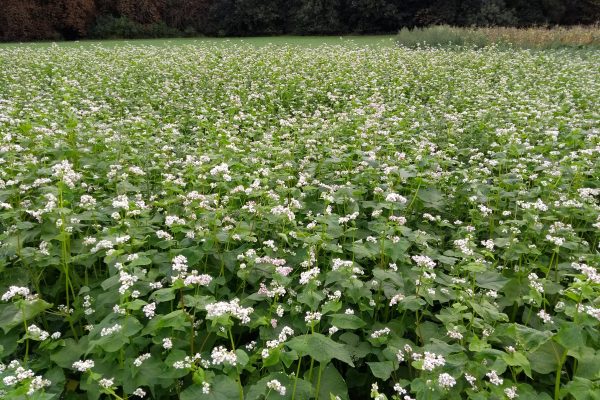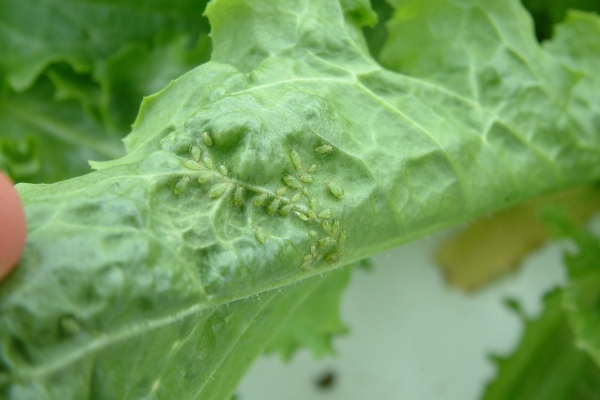Encyclopaedia of pests and natural enemies in field crops
Resource explained
Managing crop pests alongside encouraging and supporting beneficial insects is paramount to sustainable crop production and is an essential part of a low input regime such as an integrated pest management (IPM) strategy. The three crop divisions of the Agriculture and Horticulture Development Board (AHDB) have come together to provide this invaluable encyclopaedia, which gives detailed information to help you identify and manage pests and natural enemies. It provides guidance on larvae, pest thresholds (so you know when to take action), and groups the pests and natural enemies under their insect types. Information for each pest species includes identification and symptoms, monitoring, life cycle, different types of control, crops that are affected, and implications of damage caused. For beneficials, you are given guidance on identification, life cycle, benefits they can bring, and how you can encourage them.
Findings & recommendations
- IPM involves using thresholds as the basis for control strategies; identify the pest, look up pest thresholds, assess pest numbers on a field-by-field basis, and reassess if treatment is delayed.
- While some beetle species are crop pests, the majority are harmless and some are important predators of crop pests.
- Many bug species are plant-feeding pests but there are also some natural enemy species.
- Although some flies are crop pests, others perform important functions such as controlling crop pests, recycling organic matter, and acting as food for farmland birds.
- Butterflies and moths can be important pollinators but their larvae are sometimes pests.
- Levels of crop pest infestations can be regulated and managed by encouraging their natural enemies (beneficial insects). It is essential to encourage a wide range of natural enemies capable of controlling each of the pest’s life stages; encourage species that will play a major role, but also encourage overall levels of natural enemies, to prevent pests reaching outbreak levels.
- Natural enemies require appropriate resources to help keep pests in check. This is advocated through applying the ‘SAFE’ approach; through providing Shelter, Alternative prey, Flower-rich habitat and an Environment that will encourage them.
See also ‘The Encyclopaedia of Arable Weeds‘ and the ‘The Encyclopaedia of Cereal Diseases.’
